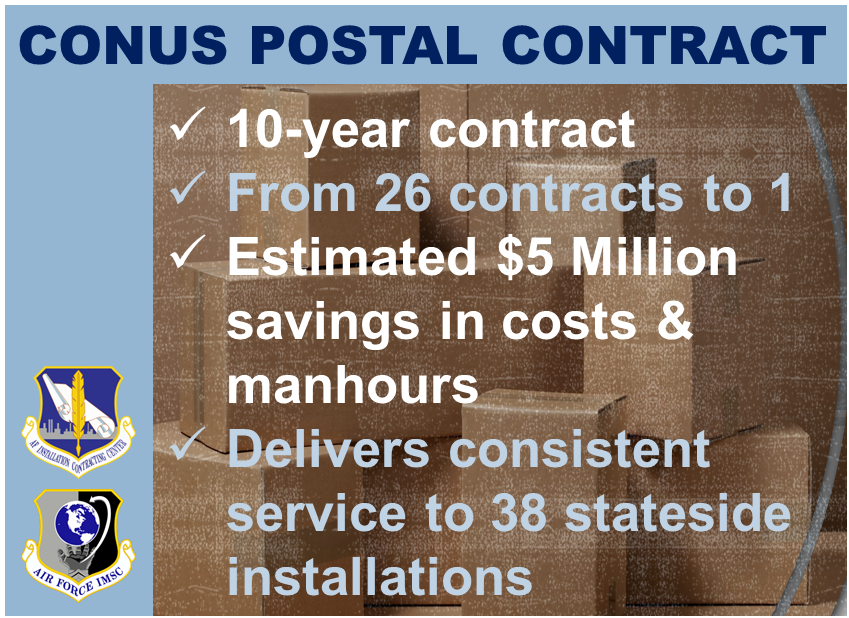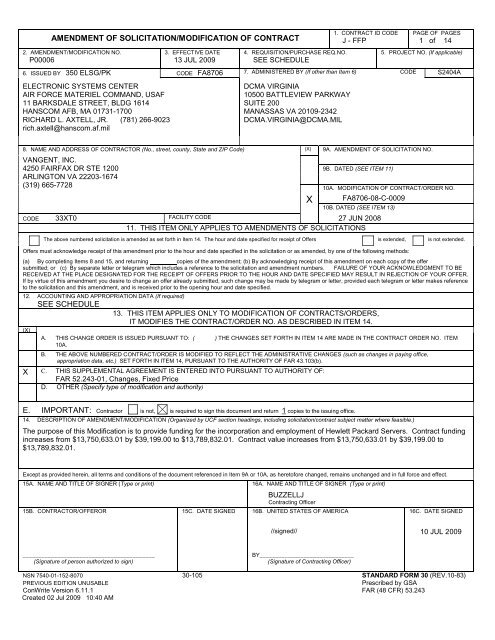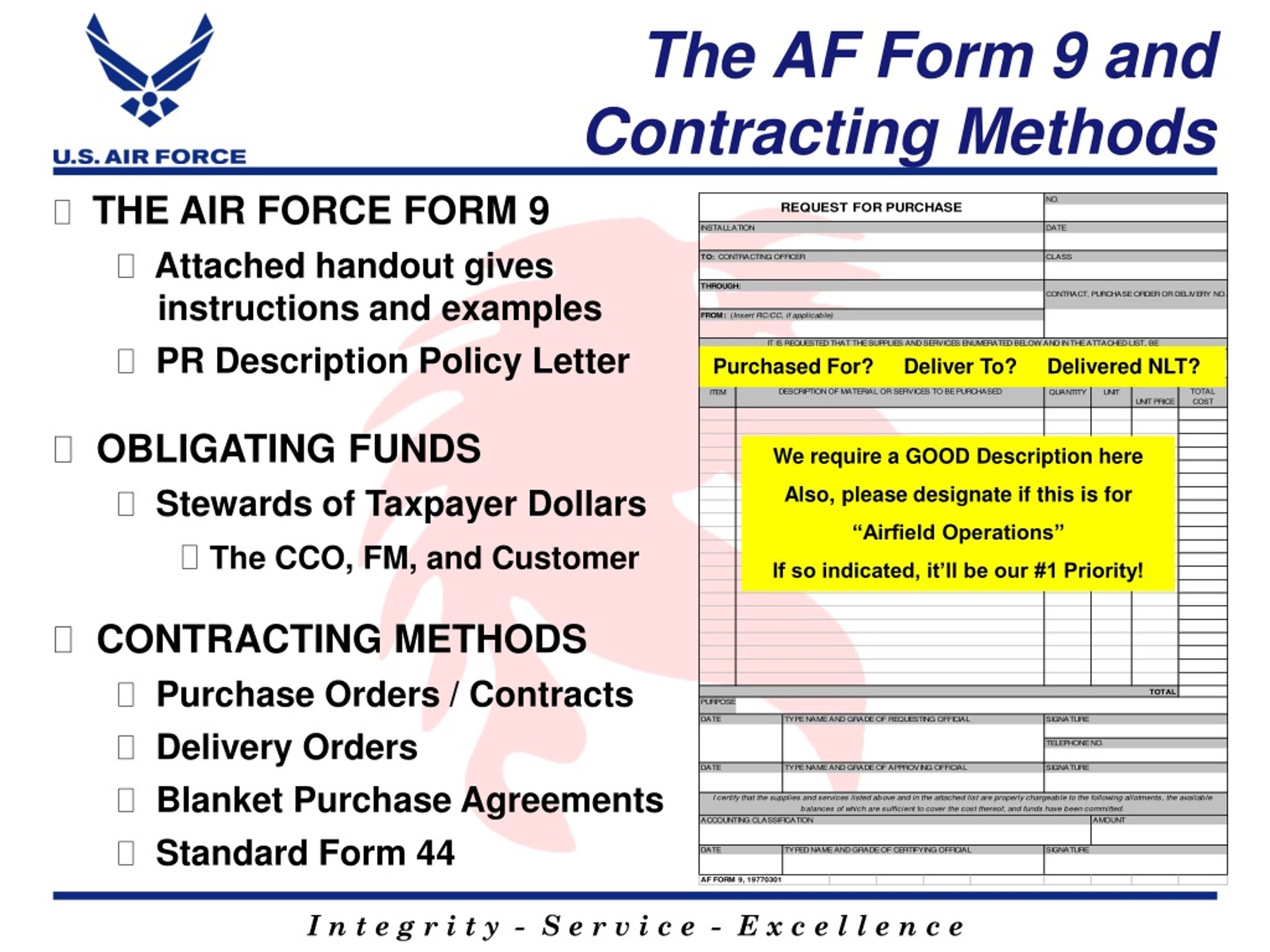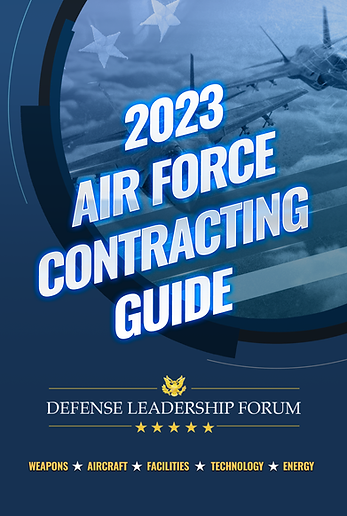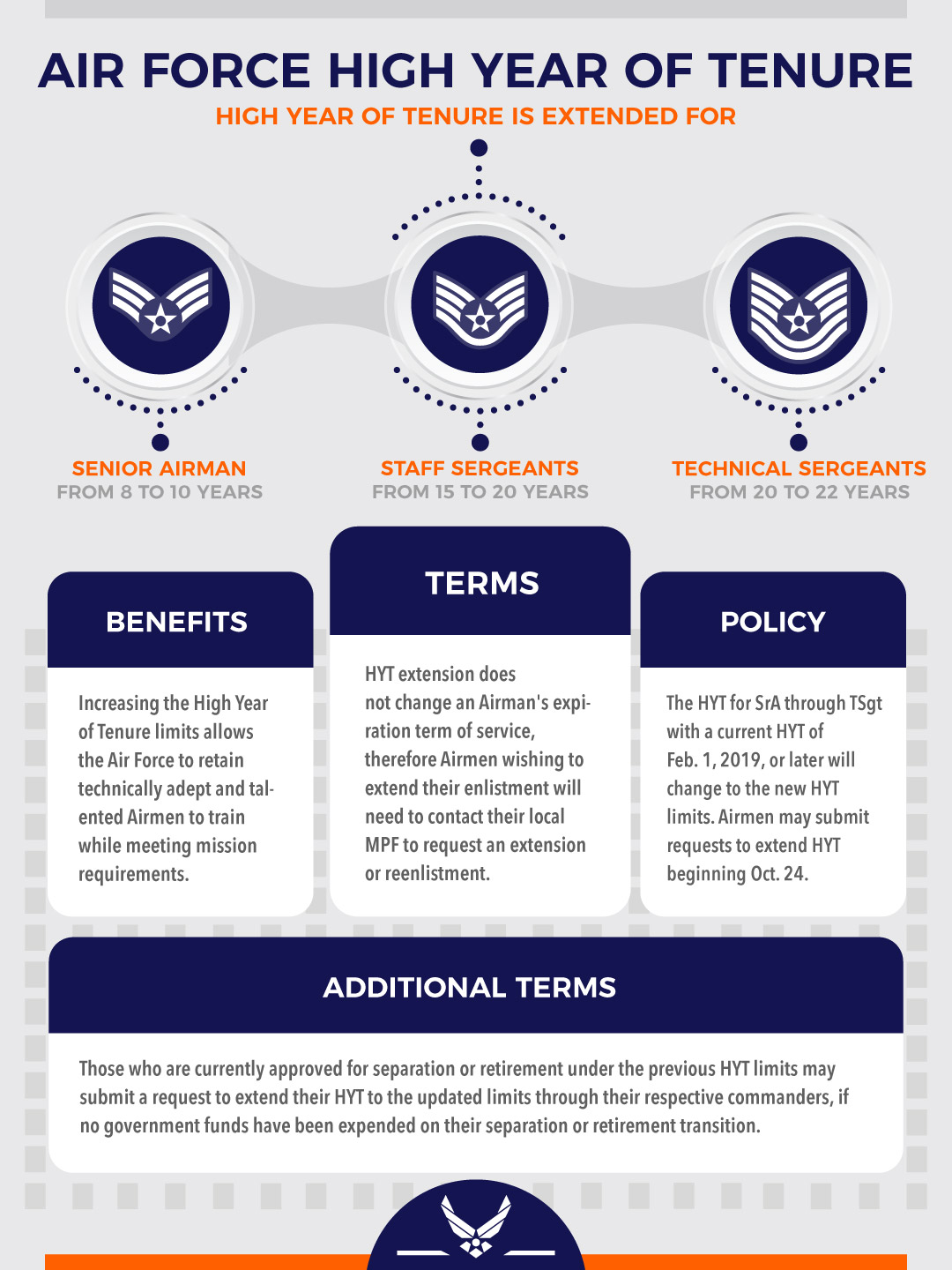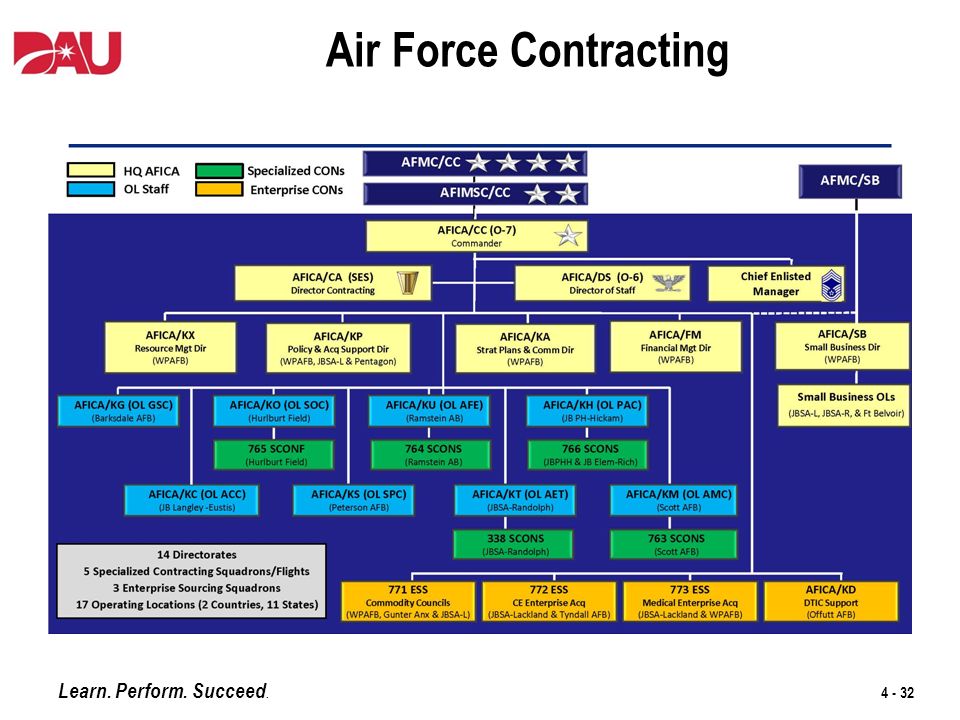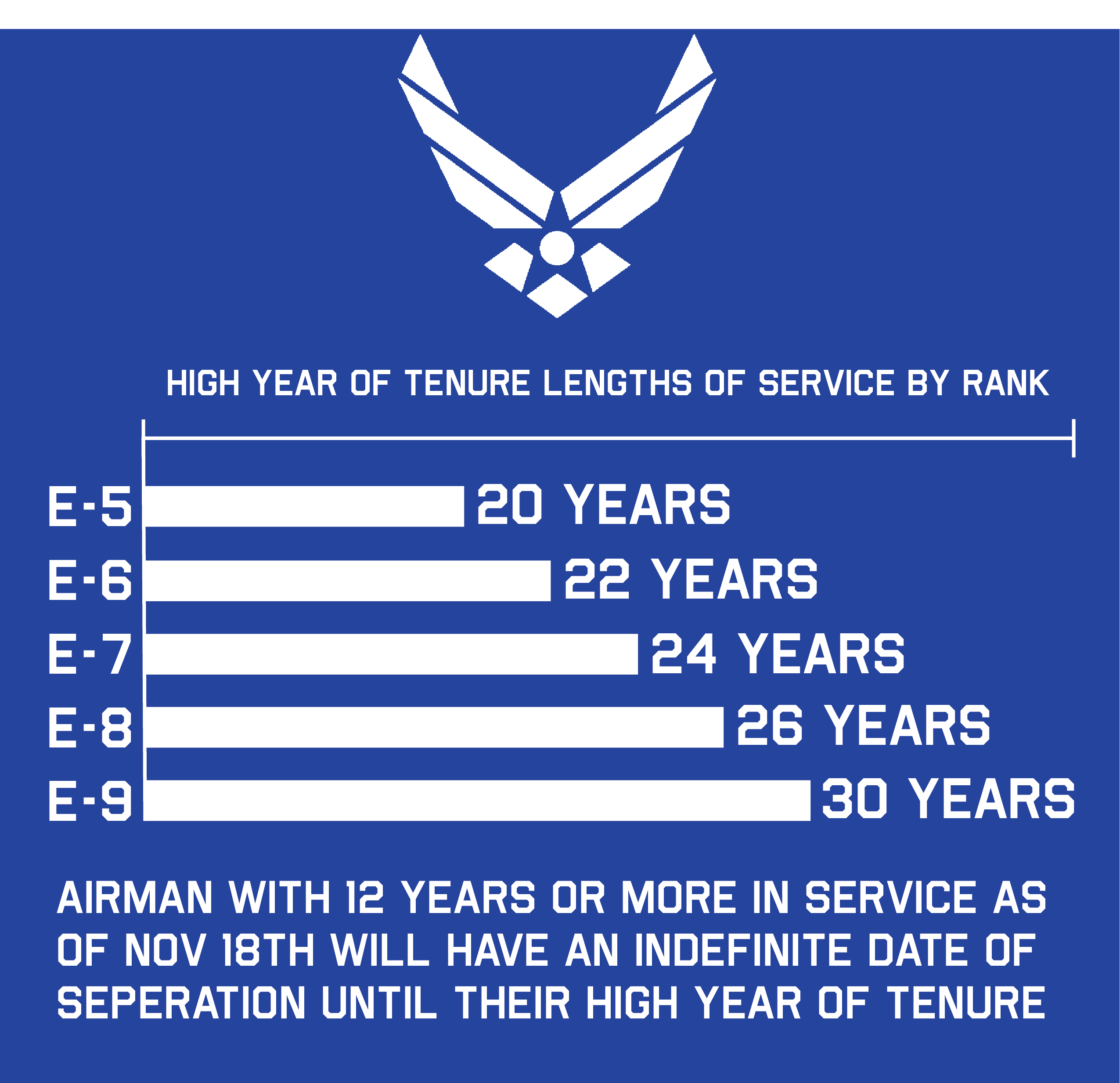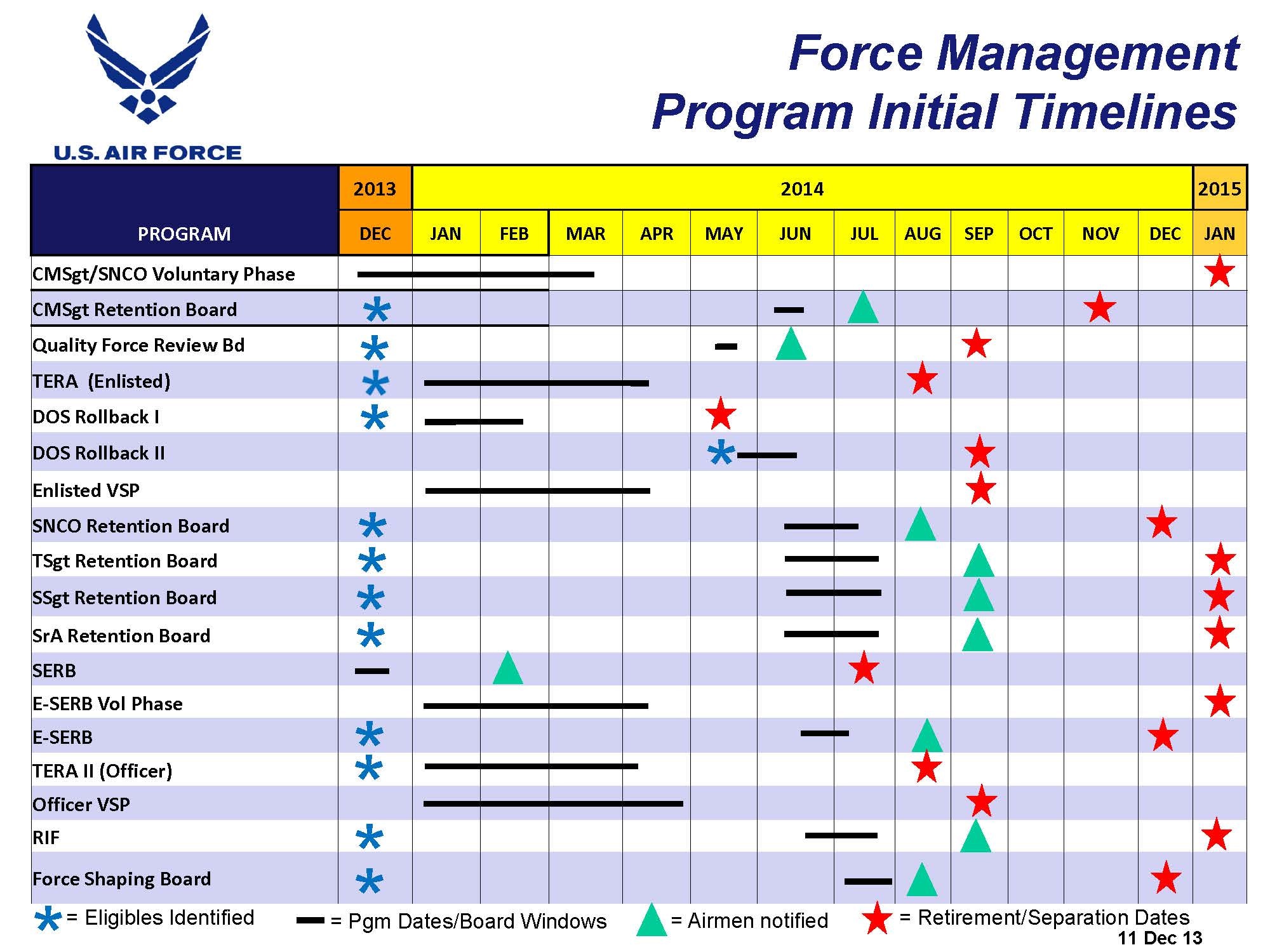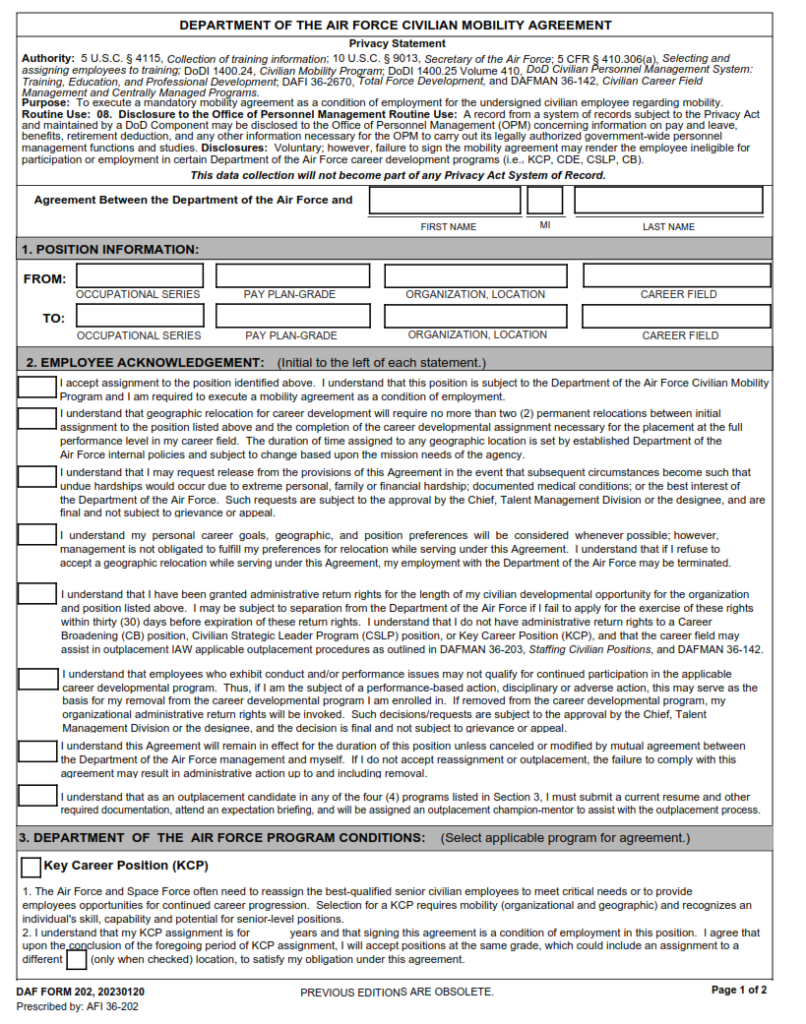How Long Is Air Force Contract

The longevity of Air Force contracts is a subject of constant scrutiny, wielding immense influence over national security, technological innovation, and the livelihoods of countless individuals. Billions of dollars are at stake, and the decisions made regarding contract duration ripple through the defense industry and beyond.
This article delves into the intricacies of Air Force contract lengths, exploring the factors that determine their duration, the implications of short-term versus long-term agreements, and the ongoing debate surrounding the optimal approach to securing the nation's aerial defense. We will examine official statements, analyze data from reputable organizations, and consider various perspectives to provide a comprehensive understanding of this critical aspect of defense procurement.
Understanding the Contract Landscape
The duration of an Air Force contract is rarely arbitrary. It is a carefully considered decision influenced by a multitude of factors. These factors include the type of product or service being procured, the complexity of the project, budgetary constraints, and strategic goals.
Generally, Air Force contracts can be categorized into a few broad duration types. These range from short-term contracts spanning a year or less to multi-year agreements lasting upwards of a decade or even longer.
Short-Term Contracts: Agility and Responsiveness
Short-term contracts, often one year or less, are typically used for procuring readily available goods and services. Examples include routine maintenance, supply of standardized parts, or short-term research projects.
The advantage of short-term contracts lies in their agility. The Air Force can quickly adapt to changing needs and technological advancements by re-evaluating and re-bidding contracts frequently.
This also allows smaller businesses and innovative startups to compete for government contracts, fostering competition and potentially driving down costs.
Long-Term Contracts: Stability and Investment
Conversely, long-term contracts, spanning several years, are typically awarded for complex and capital-intensive projects. These projects often include the development of new aircraft, advanced weapons systems, or long-term maintenance and support programs.
The primary benefit of long-term contracts is the stability they provide to contractors. Knowing that they have a guaranteed revenue stream for an extended period allows companies to invest heavily in research and development, infrastructure, and workforce training.
This stability also enables better long-term planning and coordination between the Air Force and its contractors, leading to more efficient project execution and potentially lower overall costs.
The Debate: Short vs. Long
The debate between short-term and long-term contracts is a recurring theme in defense procurement. There are valid arguments to be made on both sides, and the optimal approach often depends on the specific circumstances of the project.
Critics of long-term contracts argue that they can stifle innovation and lead to complacency among contractors. They contend that companies with guaranteed revenue streams may have less incentive to improve their products or services, potentially resulting in higher costs and outdated technology.
Conversely, proponents of long-term contracts argue that they are essential for ensuring the development of cutting-edge technologies and maintaining a robust industrial base. They assert that only long-term contracts can provide the stability and investment needed to undertake complex and risky projects.
"The length of a contract must be carefully considered to balance the need for stability with the need for innovation and cost-effectiveness," states a recent report by the Congressional Research Service.
Factors Influencing Contract Duration
Several key factors influence the duration of Air Force contracts.
Technological advancements play a crucial role. In rapidly evolving fields like artificial intelligence and cybersecurity, shorter contract terms may be preferred to allow the Air Force to quickly adopt new technologies.
Budgetary constraints also have a significant impact. When budgets are tight, the Air Force may opt for shorter-term contracts to maintain flexibility and avoid long-term commitments.
Strategic goals are another important consideration. If the Air Force is pursuing a long-term strategic objective, such as developing a next-generation fighter aircraft, a long-term contract may be necessary to ensure continuity and commitment.
The Government Accountability Office (GAO) frequently audits Air Force contracts, often focusing on how well the contract lengths align with project goals and taxpayer value. Their findings are influential in shaping future procurement strategies.
Examples of Contract Lengths in Practice
Examining specific examples of Air Force contracts can provide valuable insights into the practical application of these principles.
The F-35 Joint Strike Fighter program, a multi-decade, multi-billion dollar project, is a prime example of a long-term contract. This contract allows Lockheed Martin, the prime contractor, to invest heavily in the development, production, and sustainment of the aircraft.
Conversely, contracts for providing IT support services or procuring commercial off-the-shelf equipment are typically shorter in duration, often lasting only a year or two.
These shorter contracts allow the Air Force to quickly adapt to changing technology and ensure that it is receiving the best value for its money.
Looking Ahead: The Future of Air Force Contracting
The future of Air Force contracting is likely to be shaped by several key trends.
First, the increasing complexity of modern warfare will likely drive a greater emphasis on long-term contracts for advanced technologies.
Second, the growing importance of cybersecurity will necessitate more agile and responsive contracting strategies, potentially leading to shorter-term contracts in this field.
Finally, the increasing focus on cost-effectiveness will require the Air Force to carefully balance the benefits of short-term and long-term contracts to ensure that it is getting the best value for its money.
The Air Force's ability to strategically determine and manage contract lengths will be paramount to maintaining its technological edge and ensuring national security in the years to come. It's a complex equation with no easy answers, requiring constant evaluation and adaptation.
